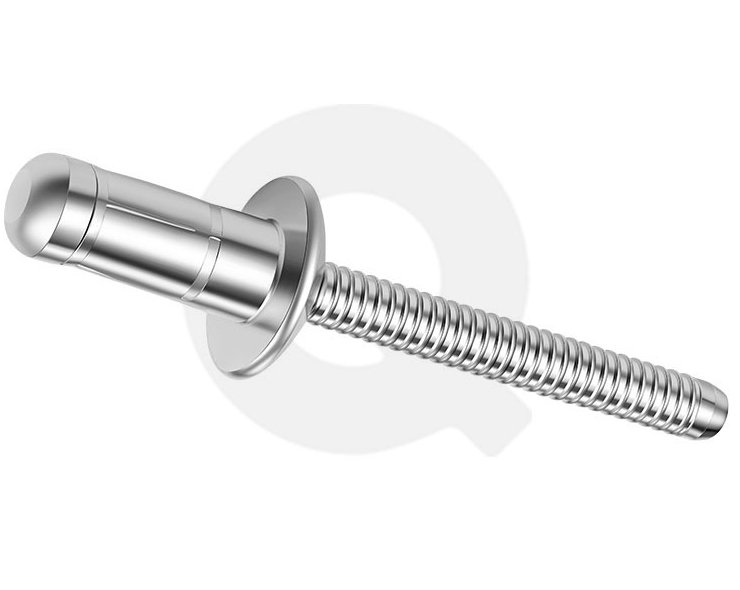Structural integrity is paramount in heavy machinery, where power and precision meet the rigors of demanding tasks. The ability to withstand immense stress and strain is a defining characteristic of these mechanical behemoths. Within this realm, structural blind rivets have emerged as unsung heroes, playing a pivotal role in ensuring the durability and safety of heavy machinery. This article will delve into the significance of structural blind rivets, or structural rivets, in high-strength applications within the heavy machinery industry.
Contents
Advantages of Structural Blind Rivets in Heavy Machinery
Strength and Durability
One of the primary advantages of using structural blind rivets in heavy machinery is their exceptional strength and durability. These rivets are engineered to withstand high shear, tensile, and clamp loads. They maintain their structural integrity even under the extreme stresses encountered in heavy machinery applications. This resilience ensures the long-term safety and reliability of heavy machinery.
Ease of Installation
Structural blind rivets offer a practical advantage in their ease of installation. Unlike traditional fastening methods that may require access to both sides of the joint, blind rivets can be installed from one side of the workpiece. This feature is precious in heavy machinery, where reaching certain areas for assembly can be challenging. The simplicity and efficiency of installation save both time and labour costs.
Vibration Resistance
Heavy machinery is characterised by continuous vibrations generated during operation. Structural blind rivets excel in this environment because they resist loosening or fatigue caused by vibrations. This ensures that critical joints remain intact and operational, reducing the risk of machinery failure.
Corrosion Resistance
Heavy machinery often operates in harsh conditions, including exposure to moisture, chemicals, and abrasive materials. Structural blind rivets are available in various materials, including corrosion-resistant options like stainless steel and aluminium, which protect against rust and corrosion. This corrosion resistance extends the service life of the rivets and, consequently, the machinery itself.
Applications in Heavy Machinery
Chassis and Frame Assembly
The chassis and frame of heavy machinery serve as the foundation for the entire structure. Structural blind rivets are commonly used to assemble chassis and frames because they create solid and load-bearing connections. This ensures that the machinery can withstand the stresses of heavy-duty operations without compromising safety.
Attachment of Heavy Components
Heavy machinery often features large and heavy components that need to be securely attached. Whether it’s the bucket of a mining excavator or the blade of a bulldozer, structural blind rivets provide a reliable method for fastening these components, ensuring they remain firmly in place during operation.
Cabin and Operator Safety
The safety of operators in heavy machinery is paramount. Structural blind rivets assemble operator cabins and safety features such as roll-over protective structures (ROPS) and falling object protective structures (FOPS). These rivets contribute to the overall structural integrity of these safety components, safeguarding the well-being of operators.
Structural Repairs and Maintenance
In heavy machinery, wear and tear are inevitable. Structural blind rivets play a crucial role in repair and maintenance operations. When components or sections of machinery need to be replaced, blind rivets offer a quick and efficient method for reattaching and ensuring the structural soundness of the equipment.
Conclusion
Structural rivets may not always take the spotlight in discussions about heavy machinery, but their role in ensuring these powerful machines’ structural integrity and safety cannot be understated. Their strength, ease of installation, resistance to vibration and corrosion, and versatility in various applications make them indispensable in this demanding industry. As heavy machinery continues to evolve and face new challenges, structural blind rivets will remain a reliable and essential component, quietly supporting the heavy-duty tasks that power our modern world.
Author Bio:
Alison Lurie is a farmer of words in the field of creativity. She is an experienced independent content writer with a demonstrated history of working in the writing and editing industry. She is a multi-niche content chef who loves cooking new things.

